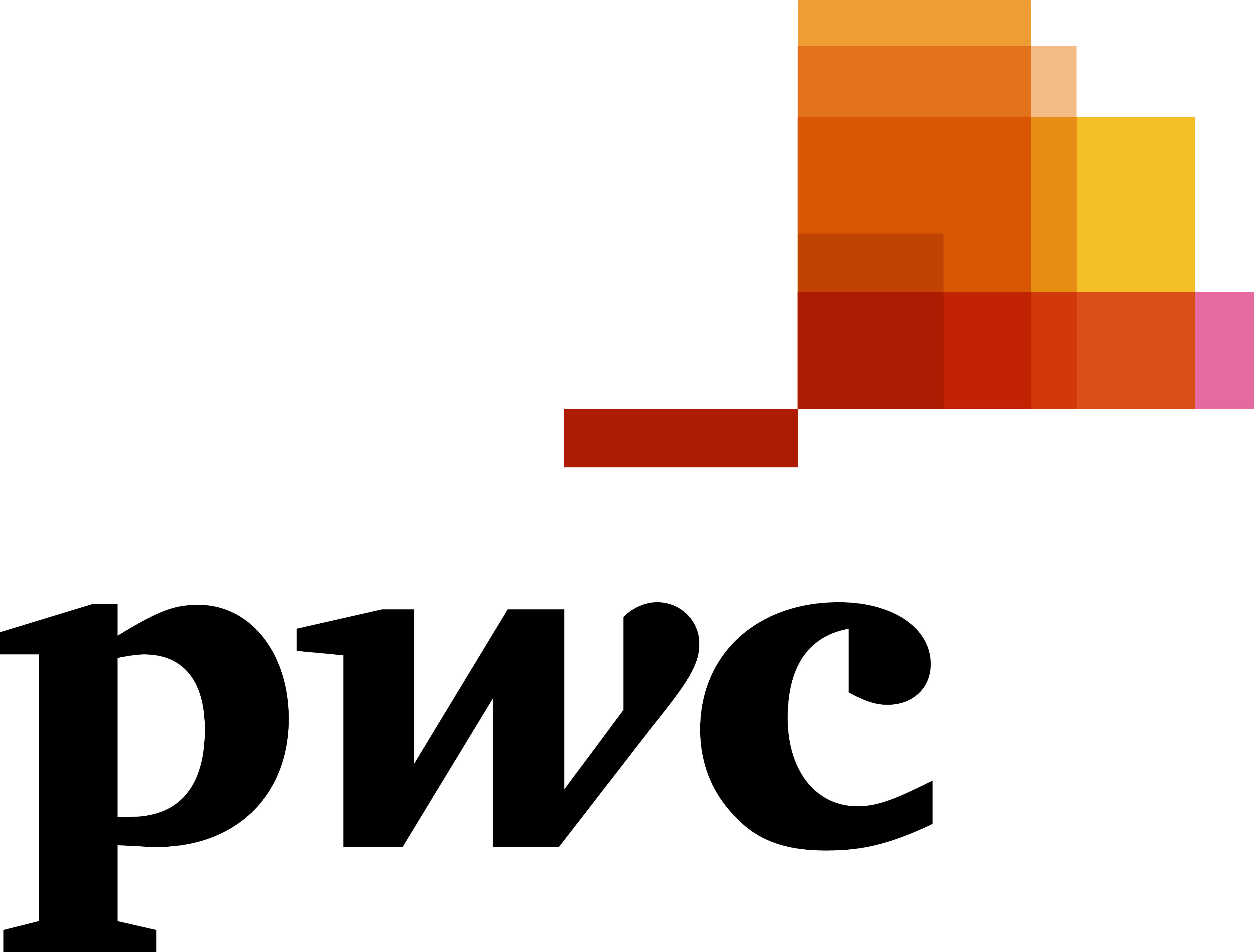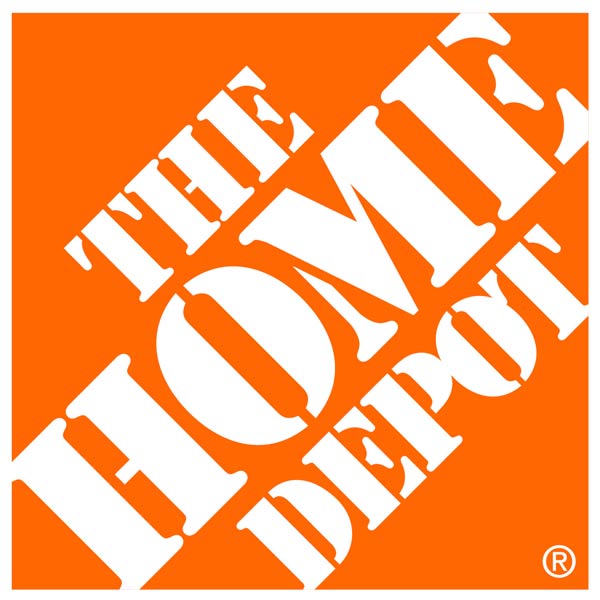A new report from Logistics Trends & Insights and American Global Logistics (AGL)— “Adapting to the Age of the Consumer with an Agile Supply Chain”—reveals that businesses are focusing their strategic investments on agile, responsive supply chains to respond to rising customer expectations and address the current competitive challenges.
KPMG’s 2019 CEO Outlook reports that 64 percent of U.S. CEOs believe that agility has emerged as a critical capability—that being too slow can lead to obsolescence. In the same report, 63 percent of CEOs agree that ‘over the next three years they need to improve their innovation processes and execution.’ An April 2019 report from Gartner (Raskino, Mark. “2019 CEO Survey: The Year of Challenged Growth.” Gartner, April 16, 2019) indicated that 82 percent of CEOs currently have a digital transformation or initiative in place, up from 62 percent in 2018.
“We’re living in an ‘anytime, anyplace’ environment, where consumers have virtually unlimited options and control over what and how they purchase,” said Jon Slangerup, Chairman and Chief Executive Officer, American Global Logistics. “The ability of businesses to adapt their supply chains in response to changing consumer behavior has direct implications for their future sustainability and growth. By investing in technology and tools that enable supply chain agility, businesses can position themselves for success in the new age of the consumer.”
While businesses realize the importance of an agile, technology-enabled supply chain, that vision isn’t yet a reality for many of them. A study from North Carolina State University (2nd Annual Data Governance, Data Quality and Artificial Intelligence) found that 95 percent of supply chain leaders face significant obstacles in creating a unified view of their data, with three in four reporting that poor data is making it challenging to achieve their digital transformation goals.
The AGL report, “Adapting to the Age of the Consumer with an Agile Supply Chain” outlines these insights and challenges and provides five ways that an agile supply chain can help organizations keep up with the needs of the modern consumer:
1. Enable faster deliveries: Customer expectations for delivery continue to rise, with a UPS survey finding that 45 percent of shoppers expect purchases made between 1 and 4 p.m. to be eligible for next-day shipping.
2. Connect bricks and clicks: While e-commerce has transformed how consumers shop, in-store purchases still make up most of all U.S. sales. According to a Retail Dive study, 62 percent of shoppers visit stores to “see, touch, feel and try out items,” with many going on to purchase online. By gaining shipment-level visibility, organizations can quickly locate and move their inventory – or see which manufacturer can get products to them the fastest.
3. Get closer to the customer: To meet shrinking delivery timelines, many brands are using smaller distribution centers or their own stores for fulfillment instead of traditional warehousing. This move reflects the shift from “just-in-time” inventory to “just-in-time” delivery, prompting businesses to reshape their supply chains to meet customer demand across countless touchpoints. Some businesses are responding by nearshoring manufacturing facilities to shave down transit times, while others are exploring print-on-demand and virtual manufacturing solutions.
4. Keep customers in the loop on shipments: From the moment they purchase an item, every customer has the same question: “Where is it?” Many organizations are responding by giving customers a look into their shipment’s journey, helping to manage delivery expectations and improve customer satisfaction. If a container is stuck at port or a truck is delayed because of weather, an agile supply chain enables businesses to adjust routes and inventory accordingly – and keep customers updated each step of the way.
5. Handle rising return levels: According to an Invesp study, shoppers return 30 percent of online purchases, more than three times the number of brick-and-mortar purchases. As businesses ramp up their reverse logistics capabilities, a technology-enabled supply chain can help them optimize routes to make processing more cost-efficient and identify where returned inventory is needed most across their networks.
Download the full report, “Adapting to the Age of the Consumer with an Agile Supply Chain” at https://americangloballogistics.com/landing/consumer-outlook/




































